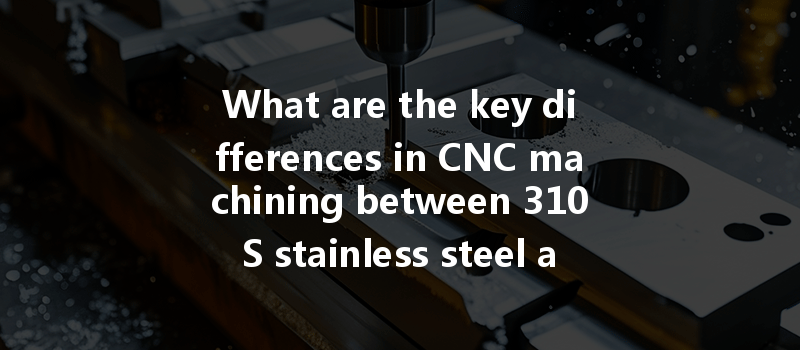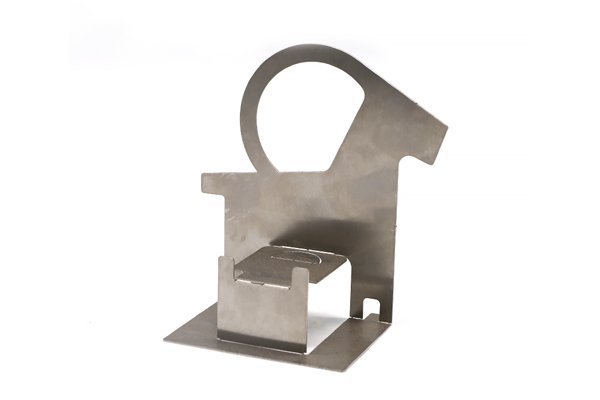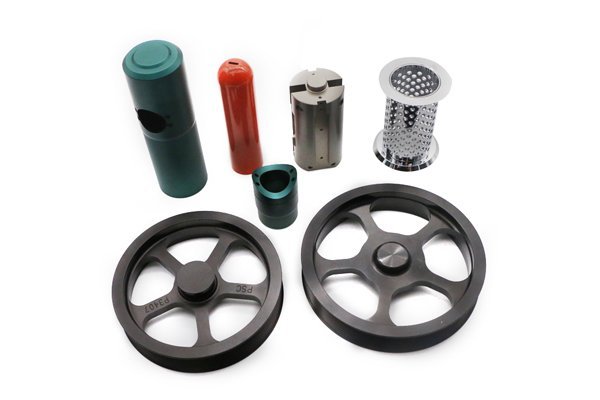Have you ever wondered why certain industries choose specific stainless steel materials for their CNC machining processes? While both 310S and 316 stainless steel exhibit remarkable properties and performance, subtle distinctions can ultimately dictate the success of manufacturing applications. In fact, selecting the wrong material can lead to unnecessary costs, component failures, or even safety hazards. This expansive blog aims to delve deep into the differences between CNC machining of 310S and 316 stainless steel, exploring their compositions, characteristics, machining performance, applications, and decision-making considerations.
Section 1: Overview of Stainless Steel Grades
Before diving into the specifics of 310S and 316 stainless steel, it’s essential to have a basic understanding of what stainless steel is and how various grades are classified.
Stainless Steel Basics
Stainless steel is an alloy primarily made of iron, carbon, and a minimum of 10.5% chromium. This unique combination provides stainless steel its defining feature: corrosion resistance. The chromium forms a passive layer of chromium oxide on the surface, which inhibits further corrosion and oxidation.
Stainless Steel Classification
Stainless steel can be categorized into several families based on its microstructure:
Section 2: Chemical Composition of 310S and 316 Stainless Steel
The performance characteristics of stainless steel are dictated predominantly by its chemical composition. Let’s take a closer look at 310S and
310S is classified as a high alloy austenitic stainless steel with excellent high-temperature resistance. Its typical composition includes:
The higher chromium and nickel content provides exceptional oxidation resistance, making it suitable for applications that experience extreme temperatures.
316 Stainless Steel Composition
316 stainless steel is widely recognized as one of the most versatile grades available. Its notable composition includes:
The addition of molybdenum imparts enhanced corrosion resistance against chlorides and other harsh environments.
Section 3: Mechanical Properties
The mechanical properties of stainless steels are significant when considering their performance in CNC machining applications.
Strength and Ductility
Both 310S and 316 possess good tensile strength, but they differ slightly in yield strength and ultimate tensile strength. Typically, 310S has superior high-temperature strength while 316 provides greater yield strength at room temperature.
Corrosion Resistance
When it comes down to performance in corrosive environments, 316 has the edge due to its molybdenum content. It excels in marine and chloride environments where pitting and crevice corrosion present a challenge. Conversely, 310S performs exceptionally well in oxidative environments due to its higher chromium content.
Thermal Properties
310S is ideal for high-temperature applications, with a working temperature up to 2100°F (1150°C) in intermittent service and 1200°F (650°C) in continuous service. In contrast, while 316 withstands high temperatures, it is not designed for sustained exposure like 310S.
Section 4: CNC Machining Considerations
The machining of both 310S and 316 stainless steel presents unique challenges and considerations. Understanding the distinctions will help manufacturers choose the suitable technique for their projects.
Cutting Tool Selection
Selecting the right cutting tools is critical:

Machining Parameters
When machining 310S:
For 316:
Surface Finish
Achieving optimal surface finish is vital for both grades. 316 may show more surface hardening, which can complicate finishing requirements. Employing appropriate grinding techniques can help achieve desired finishes.
Section 5: Applications of 310S and 316 Stainless Steel
Understanding the application landscape for both stainless steels can clarify material choices in CNC machining projects.
310S Applications
316 Applications
Section 6: Cost Considerations
Cost plays a pivotal role in material selection. 316 stainless steel is generally more expensive than 310S due to its additional molybdenum content. However, the durability and performance advantages of 316 often justify the higher upfront costs, especially in corrosive environments. Conversely, 310S can prove economically advantageous in high-temperature settings where its performance excels without the need for costly corrosion-resistant measures.
Section 7: Decision-Making Framework
When faced with the choice between 310S and 316 stainless steel for CNC machining, manufacturers should evaluate various factors:
The distinctions between 310S and 316 stainless steel in CNC machining are profound, impacting design choices and operational performance. From chemical compositions to mechanical properties, understanding these factors enables manufacturers to make informed decisions.
Both grades provide unique benefits based on application needs, and selecting the right material can significantly influence the success of machining processes, operational longevity, and long-term cost-efficiency.
In a world where every precision part counts, understanding these differences is paramount for engineers and manufacturers alike. Emphasizing the right choices today contributes not only to immediate project success but also sets the foundation for robust, scalable manufacturing processes in the future.
If machining excellence and material integrity matter to your operations, the insights we’ve covered should serve as a valuable roadmap. Keep these considerations in mind as they play a pivotal role in sustaining quality, efficiency, and innovation in your production operations.






